David is depicted standing, in a calm and assured posture. He is dressed in a short tunic, punctuated by finely carved leather straps, decorated with raised frieze motifs. Over this, he wears stylized armor, with refined shapes, which reveals his arms and emphasizes the youthful grace of his body. High sandals laced almost to his knees complete this elegant martial ensemble. The hero's long, wavy hair, carefully styled in voluminous spirals, frames his serene, fleshy face. The iconography of David and Goliath, from the Old Testament, celebrates the victory of the weak over the strong, of the spirit over brute force. In the Christian context, David becomes a figure of Christ triumphing over evil, or more broadly, the emblem of the believer sustained by divine faith. This work thus illustrates both a heroic scene and a spiritual lesson, exalted by the nobility of the material and the delicacy of the execution.
This type of alabaster is typical of the workshops of Trapani, in Sicily, active from the end of the 16th century and particularly flourishing in the 17th century. These workshops were renowned for their meticulous work with precious materials such as coral, marble and especially alabaster, whose translucency and softness allowed for delicate, almost carnal renderings. The influence of the Italian Baroque is evident here in the heroic staging of the subject and the refinement of the costume details, the alabaster lending itself to a work that combines decorative richness and purity of lines.
Our work can be compared to a Perseus brandishing the head of Medusa, in alabaster, preserved at the Musée des Augustins in Toulouse, also made in the 17th century probably in the same workshops as our sculpture, as evidenced by their stylistic and iconographic correspondences. Both depict the triumphant hero, standing, holding the head of his defeated enemy, in an attitude of calm mastery, together highlighting the popularity of this type of heroic representation within the production of Trapani.


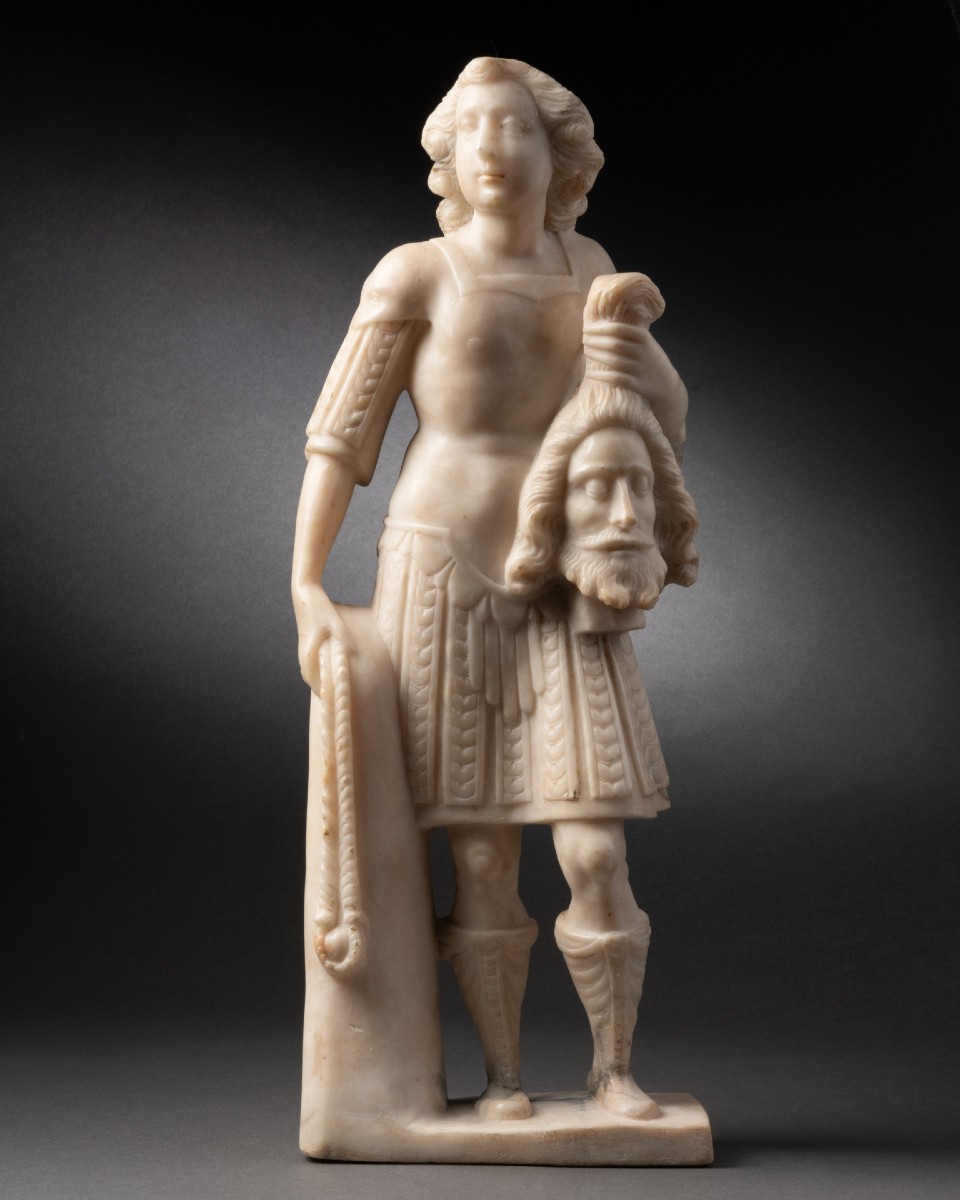

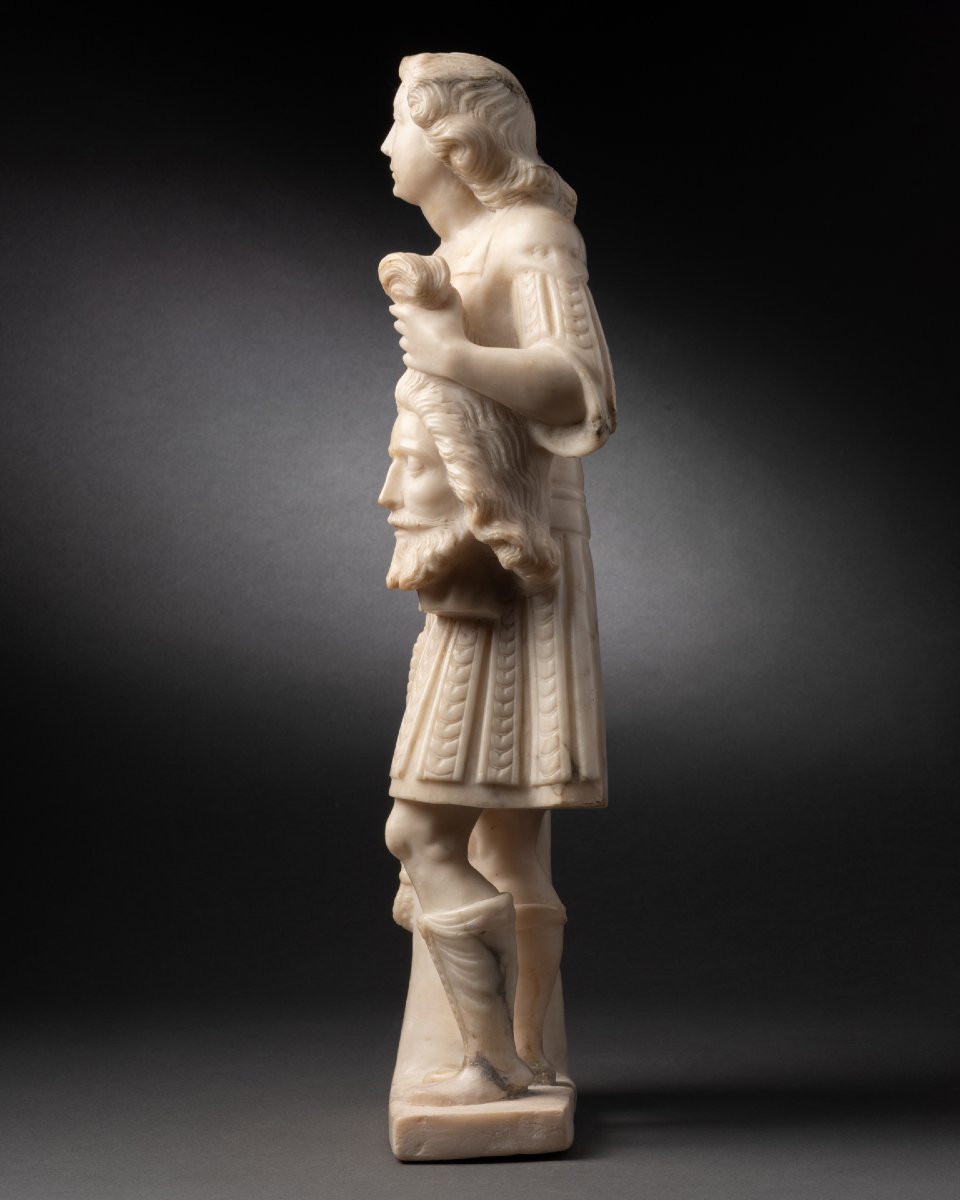


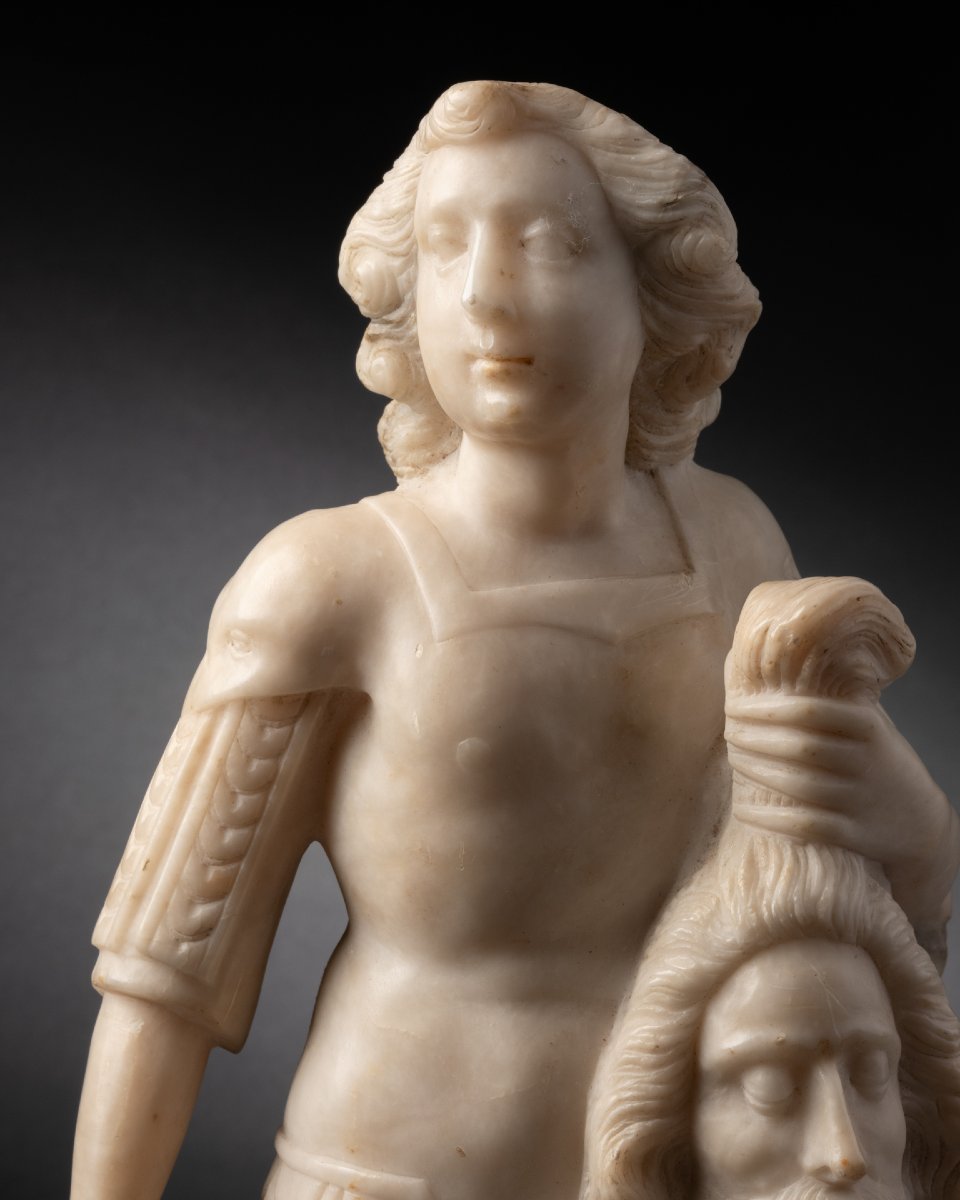
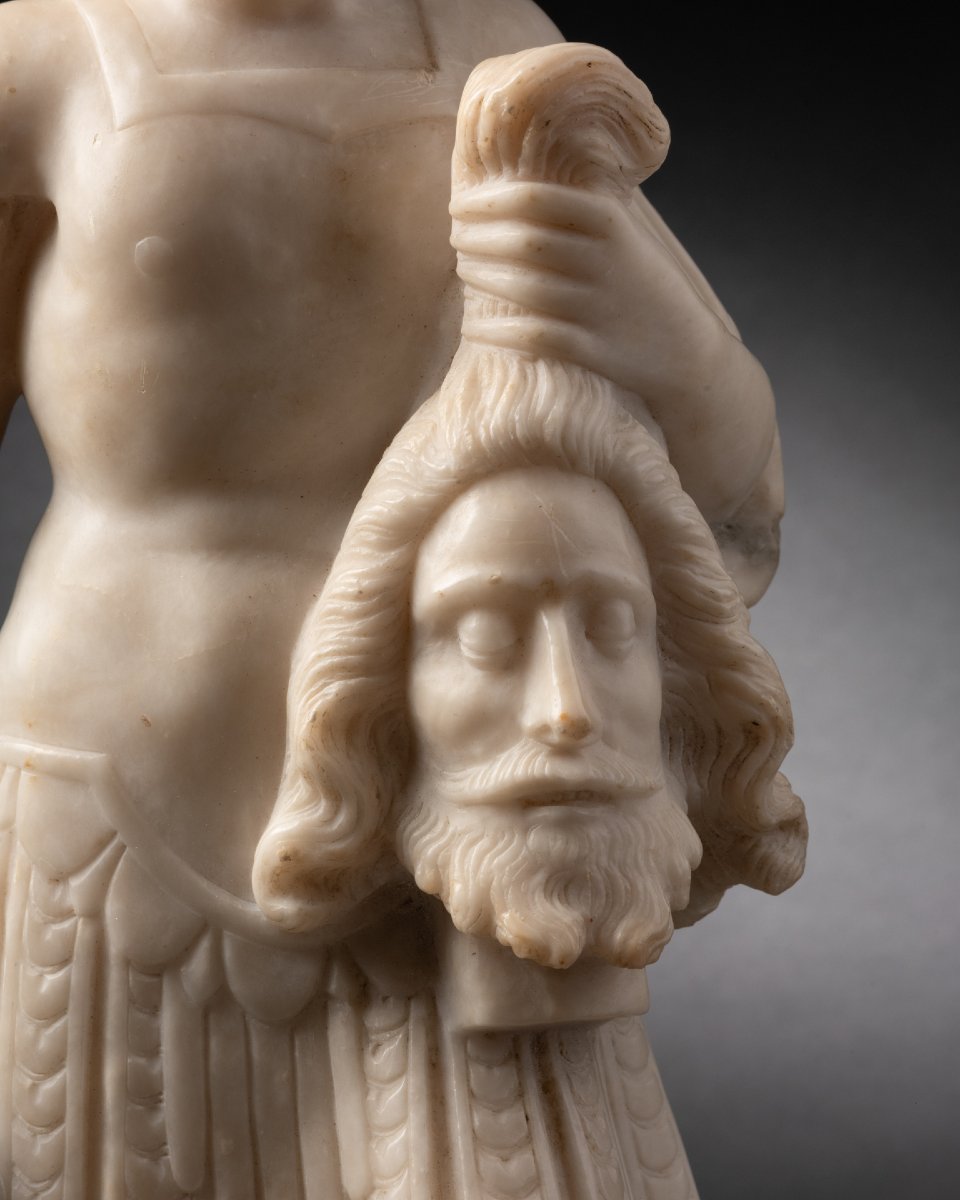
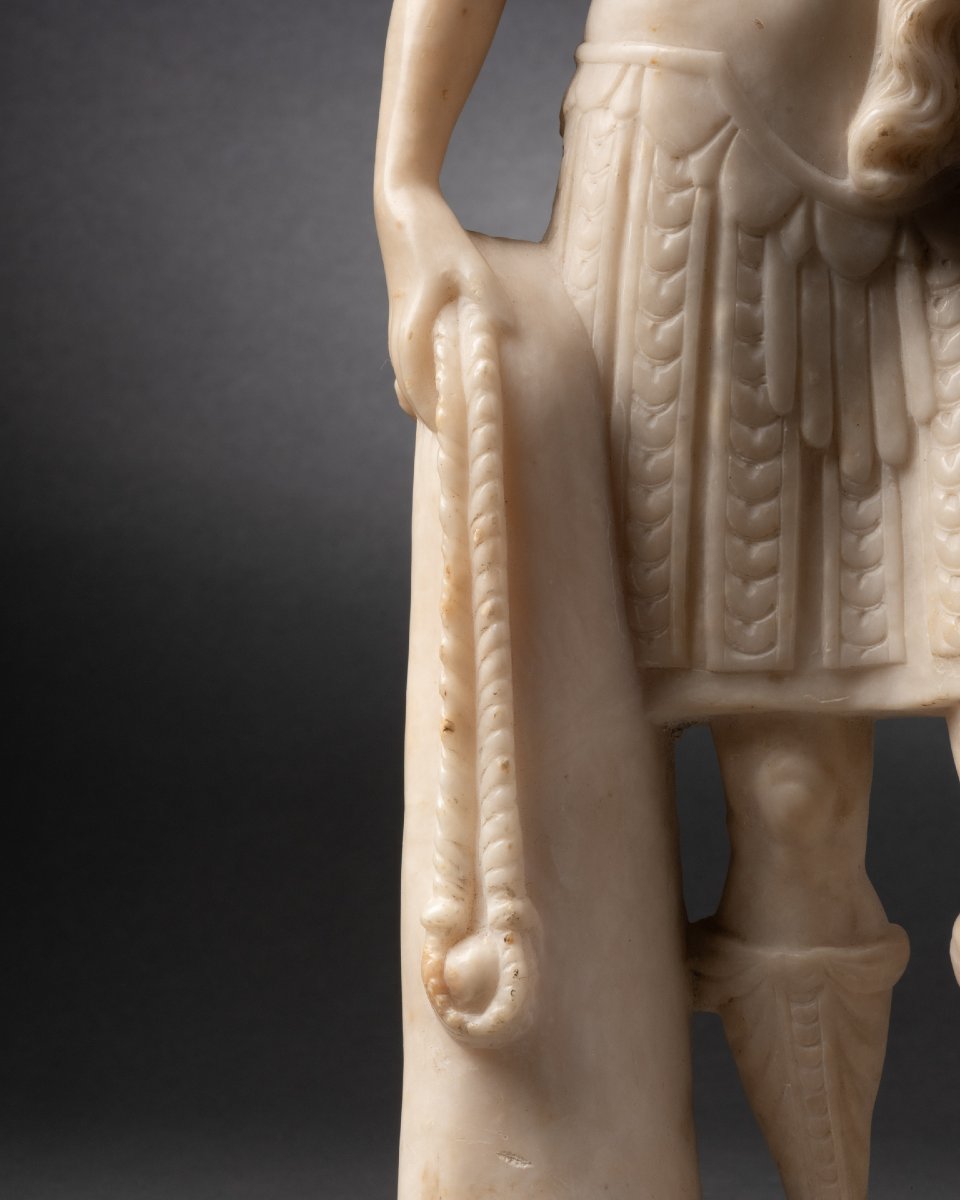













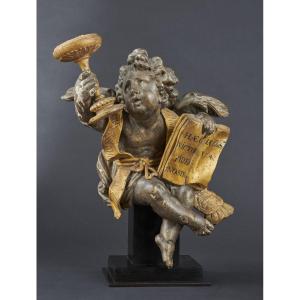
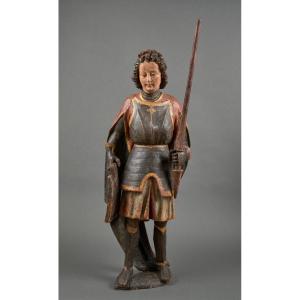
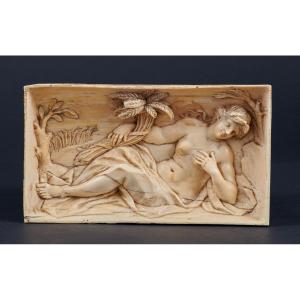

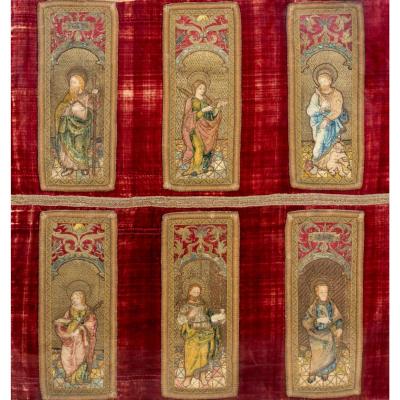



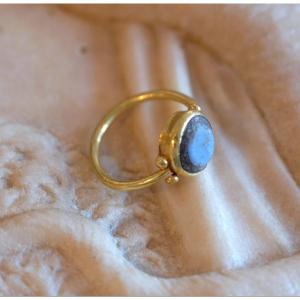







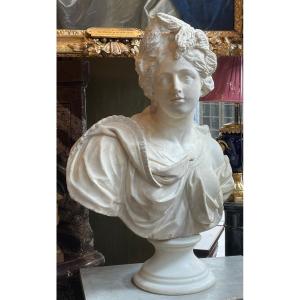



 Le Magazine de PROANTIC
Le Magazine de PROANTIC TRÉSORS Magazine
TRÉSORS Magazine Rivista Artiquariato
Rivista Artiquariato